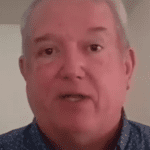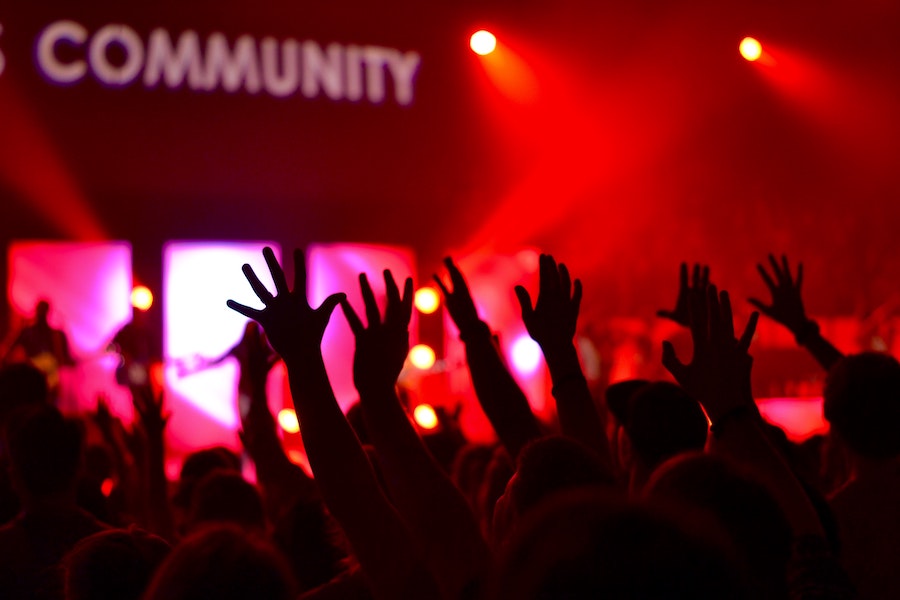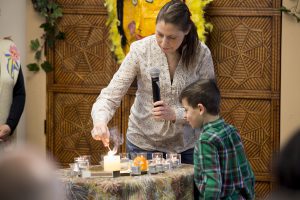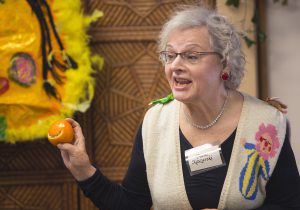By Curt Collier

In his widely regarded book, “Bowling Alone: America’s Declining Social Capital,” published in 2000, political scientist Robert Putnam detailed the demise of American civic groups, its root causes, and the social and political ramifications of their demise. Rapidly declining membership in the BPO Elks, Moose, Masons, Kiwanis, Knights of Columbus, Rotary International, as well as participation in other formal and informal civic groups, such as bowling leagues, had been documented nationwide. He reported that these groups had risen from the civic-mindedness and solidarity in our country during and after WWII. By the 1960s, however, this “solidarity” was criticized by many who felt ostracized or stifled by the social norms emphasized within these groups. Putnam theorized that the pushback during the ‘60s and ‘70s resulted in a new generation of parents who pushed more for individual expression than communal cohesion. By the turn of the century, this shift led to the rapid decline of civic groups, as former members grew older and large numbers of potential participants eschewed civic groups altogether (including joining congregations).
Conservatives maintained social cohesion
According to Putnam, the groups that still hung together and still heavily promoted social cohesion were conservative groups and fundamentalist congregations who viewed the push toward individual expression as indicators of all that had gone wrong with America. Putnam rightly predicated that conservative and fundamentalist groups would be better organized, as they maintained social cohesion, and would become a dominating force in American politics if for no other reason than their social (and funding) networks were already in existence. Liberal groups, he predicted, would struggle to bring disparate individuals together or would splinter while striving to accommodate a plethora of lifestyles and behaviors within a big tent. His forecast was that conservative groups would come to dominate American politics, despite having fewer numbers of people who conformed to their worldview.
While this may have been an oversimplification (and brushes aside the impact of education, shifting economies, social mobility, and ways in which liberals have been successful), it is an interesting model and does highlight one of the struggles to organize more progressive individuals. While conservative organizations flourish in Bergen County, for example in the explosion of fundamentalist religious groups, liberal congregations of all stripes flounder and even fewer citizens are civically engaged. As researchers point out, this is not a shift in American religiousness or politics (quite the opposite, secularism grows and the numbers of conservatives vs liberals tip toward the latter), the communal and organizational spirit of conservative groups allows for success in many ways, including in the proliferation of places where people can come together, share resources, bring comfort, promote ideologies, and communally engage in projects. Liberal families and individuals without such social ties may spend more on education and the arts (as has been documented), but this is more often shown in financial support rather than in “community building” efforts. This is compounded by the fact that people are working more and have less and less free time to contribute. What time families have is spent on after-school activities for children, such as soccer, which do allow for community building, but where progressive agendas are swept aside in the spirit of maintaining social “cohesion.”
Why is the progressive agenda losing?
The truth is, in many ways, the progressive agenda is losing. The attack on voter rights, women’s control over their bodies, explosion of guns on our streets and schools, emboldened racists reemerging from the shadows, the attacks on the free press, on democracy itself are on the rise, bolstered by well-funded and organized groups who often join forces to move their agenda forward. Where we should be making strides, combating climate change, the shrinking of the middle class, and issues of equality and fairness, are drowned out by the others. If their numbers are the same (and, in fact, decreasing) why is this happening?
Perhaps Putnam got it right. While I highly support and laud individual expression, we need to find better ways to make diverse communities work. I’ve often said that your drive to support diversity should be matched by your commitment to learn the skills of diversity training, conflict resolution, and community building. As an ethical bio-centrist, I put added emphasis on community building, because I’ve witnessed firsthand the power of communities and groups to change the world. I also believe that as the rest of nature works as a diverse “community,” our strength and healing lies there, also.
Community building as spiritual practice
Come back to the Ethical Society. Attend a Platform or program, join a community, help the Sunday School, and make a financial contribution to support our work. Community building for many of us is a spiritual practice, something that brings a sense of purpose and wholeness and affords an opportunity for personal growth and transformation. Our Society is our community, and I personally promise to make sure we hold to our commitment to rise up and take a stand for things we believe to be good and worth fighting for. But we can only do those things with you.
Curt Collier is interim leader of the Ethical Culture Society of Bergen County.



